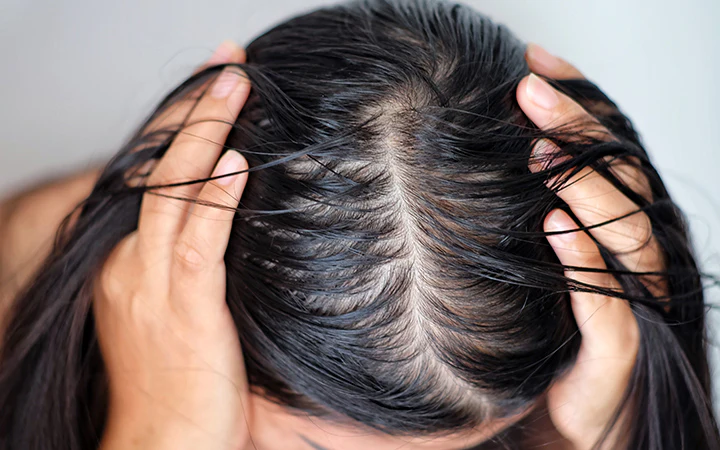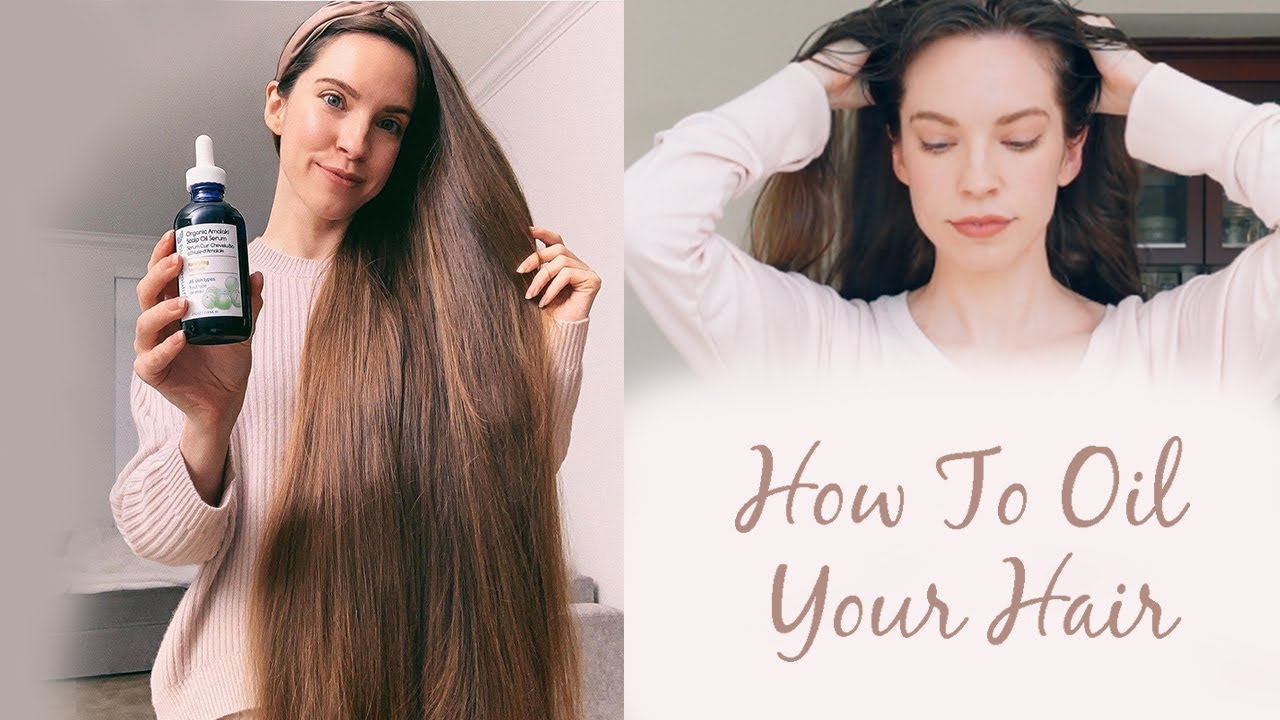When it comes to hair removal, one question often surfaces: Does waxing stop hair growth? If you’ve ever debated this topic, you’ve probably heard both sides of the argument. Some people claim that waxing leads to permanent hair reduction, while others believe it makes hair grow back thicker. So, what’s the real story? Let’s dive deep into the world of waxing and unravel the myths and truths behind this popular hair removal method.
The Basics of Waxing
Waxing is a tried-and-true hair removal technique that involves applying warm wax to the skin and swiftly removing it, pulling hair out from the roots. This method is effective and one of the safest and most affordable ways to achieve silky smooth skin. With waxing, you can enjoy smoothness for three to six weeks, much longer than shaving, which only offers temporary relief.
Does Waxing Reduce Hair Growth?
Waxing does not completely stop hair growth but can significantly reduce it over time. Here’s how:
Slower Regrowth
While waxing doesn’t completely eliminate hair growth, it does slow down the process. By consistently waxing, many people enjoy longer periods of smooth skin as regrowth takes more time.
Personal Factors Matter
The impact of waxing on hair growth varies among individuals due to factors like hair texture, hormones, genetics, health conditions, and diet. Some may notice a significant reduction in hair thickness and density, while others may not see as dramatic results.
Commitment is Key
To maximize the benefits of waxing, commit to a regular schedule—typically every three to six weeks. Avoid shaving in between sessions, as it can stimulate coarser regrowth, counteracting the softening effects of waxing.
How Many Waxing Sessions Until I See Results?
The number of sessions needed to notice a difference can vary widely among individuals. Some may see a reduction in hair density after just a few appointments, while others might take longer. As a general rule of thumb, the more frequently you wax, the longer you’ll enjoy the benefits. Regular waxing helps establish a pattern leading to more manageable hair regrowth.
Common Myths About Waxing
While waxing is a popular hair removal option, many misconceptions surround it. Let’s debunk a few common myths:
- Myth: Waxing Causes Hair to Grow Back Thicker: This is one of the most persistent myths. Regular waxing can lead to thinner hair over time, thanks to the damage it inflicts on the hair follicle.
- Myth: Waxing Makes Your Skin Sensitive: Over-waxing can lead to skin irritation, but following a proper schedule (around every four weeks) and using pre- and post-wax care can keep your skin healthy. Always pay attention to how your skin reacts and adjust your routine accordingly.
- Myth: Waxing Leads to Darker Skin: Some believe waxing can cause dark spots due to trauma. While it’s true that overwaxing can lead to sensitivity, proper technique and timing can prevent this. If you experience dark spots, skin brightening products and gentle exfoliants can help.
- Myth: Waxing Too Soon Is Okay: For best results, your hair should be about ¼ inch long before waxing. If it’s too short, it may break rather than be pulled from the root, leading to ingrown hairs. This is particularly true for coarse or curly hair types.
Benefits of Regular Waxing
Waxing isn’t just about removing unwanted hair; it offers several additional benefits:
- Exfoliation: Each waxing session removes the top layer of dead skin cells along with the hair, revealing brighter, smoother skin underneath. This natural exfoliation can improve your skin’s texture and appearance.
- Longer Lasting Results: Because waxing removes hair from the root, the results last significantly longer than shaving. You can enjoy hair-free skin without the hassle of frequent maintenance.
- Less Hair Over Time: As discussed, regular waxing can lead to finer hair regrowth, making future sessions potentially less painful and quicker.
The Importance of Aftercare
Aftercare is crucial to getting the most out of your waxing experience. Here are some tips to keep in mind:
- Exfoliate: Incorporate gentle exfoliation into your skincare routine before and after waxing. This can help prevent ingrown hairs and enhance the smoothness of your skin.
- Hydrate: Moisturizing your skin post-waxing helps soothe any irritation and keep your skin hydrated. Look for products that contain soothing ingredients like aloe vera or chamomile.
- Follow a Routine: Stick to your waxing schedule to maintain results. Missing sessions or shaving in between can lead to uneven hair regrowth.
Conclusion: Embrace the Waxing Journey
In conclusion, while waxing doesn’t stop hair growth completely, it can reduce it over time when done consistently. The benefits of regular waxing—such as slower regrowth, finer hair, and smoother skin—make it a worthwhile investment in your self-care routine. If you’re considering waxing, find a reputable salon, ask questions, and commit to a schedule that works for you.
With the right approach and care, you can enjoy the long-term benefits of waxing and embrace smooth, beautiful skin!



